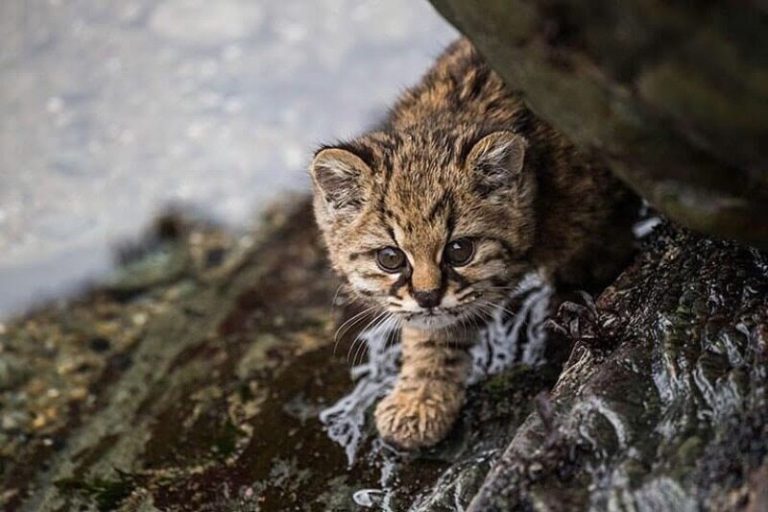The iconic tardigrades are back. The Polish woman described their clever behavior
Unusual relationships between tardigrades (microscopic invertebrates) and snails were described by researchers from Poland. It turns out that sometimes tardigrades can catch snail taxis, which allows them to conquer new areas faster – considering their capabilities.
Tardigrades (affectionately called water bears in English) are invertebrates that already have a permanent place in pop culture. They are some of the most resilient animals we know. They can survive in a vacuum, at temperatures close to absolute zero, in conditions of high ionizing radiation, and even for decades without water. They have already been sent to the Moon, and recently it was even tested whether they could survive quantum entanglement. In the meantime, however, we still know little about how tardigrades cope in more everyday situations.
After a series of otherworldly experiments conducted around the world, researchers from Poland decided to focus on more Earth-related research and checked how tardigrades get along with their backyard neighbors – snails. Because both snails and tardigrades live in similar areas and like similar environmental conditions – they like moist, shady places, preferably full of moss. You don’t have to look far for a common ecosystem of both types of invertebrates. – We managed to find both snails and tardigrades, for example, on a wall near a hospital in Poznań – researchers from Adam Mickiewicz University laugh in an interview with PAP.
– I study snails and Milena studies tardigrades. Because we like each other, we decided to conduct joint research and check the relationships between these animals – says the first author of the work, Dr. Zofia Książkiewicz-Parulska from Adam Mickiewicz University. And Milena Roszkowska adds: – Our research shows that we have no information about interactions between animals that live right next to our house.
Do snails help tardigrades?
The zoologist was particularly interested in whether snails could help their much smaller invertebrate colleagues move around. Although tardigrades have eight legs, due to their size (0.01-1.2 mm), they move much slower than a snail, which has only one leg, but can cover up to several meters in a week. For a snail man, speed is nothing. For tardigrades (their Latin name – Tardigrada means slow-moving), which move at a maximum of 23 mm per hour – it’s like riding a train.
In the experiment, it turned out that tardigrades actually stick to snail slime and thus overcome the impenetrable silicone barrier, and are thus moved to new places that they would not be able to get to on their own. Unfortunately, snail slime is not a friendly environment for tardigrades. 2/3 of these little ones – capable of even flying into space – do not survive being kidnapped by a snail.
Milena Roszkowska explains that tardigrades owe their durability to the ability to enter a state of anhydrobiosis. When living conditions become difficult, tardigrades close themselves in a tight “barrel”, limit their life activities to a minimum and continue like this until the conditions improve. They can stay in this state for a very long time.
So why is snail slime a problem for tardigrades? The researchers guess that the point is that the tardigrades kidnapped by the snail feel the moisture of the mucus and wake up from anhydrobiosis. However, the snail mucus dries quickly and unfavorable conditions quickly make themselves felt. Some tardigrades may no longer be able to quickly re-enter the state of anhydrobiosis and therefore die.
However, researchers remind that tardigrades can reproduce through parthenogenesis – so one individual is enough to give birth to offspring. So even if some of the water bears kidnapped by snails do not survive the trip on the snail, the entire population still benefits – those that survive will conquer new areas.
The researchers have an idea for further joint research – they want to check how tardigrade eggs, which can also stick to the slime, deal with snail slime. Perhaps this is the percentage of happy trips that is higher than among tardigrades in a state of anhydrobiosis.
The research was published in the journal Scientific Reports.
PAP – Science in Poland, Ludwik Tomal






